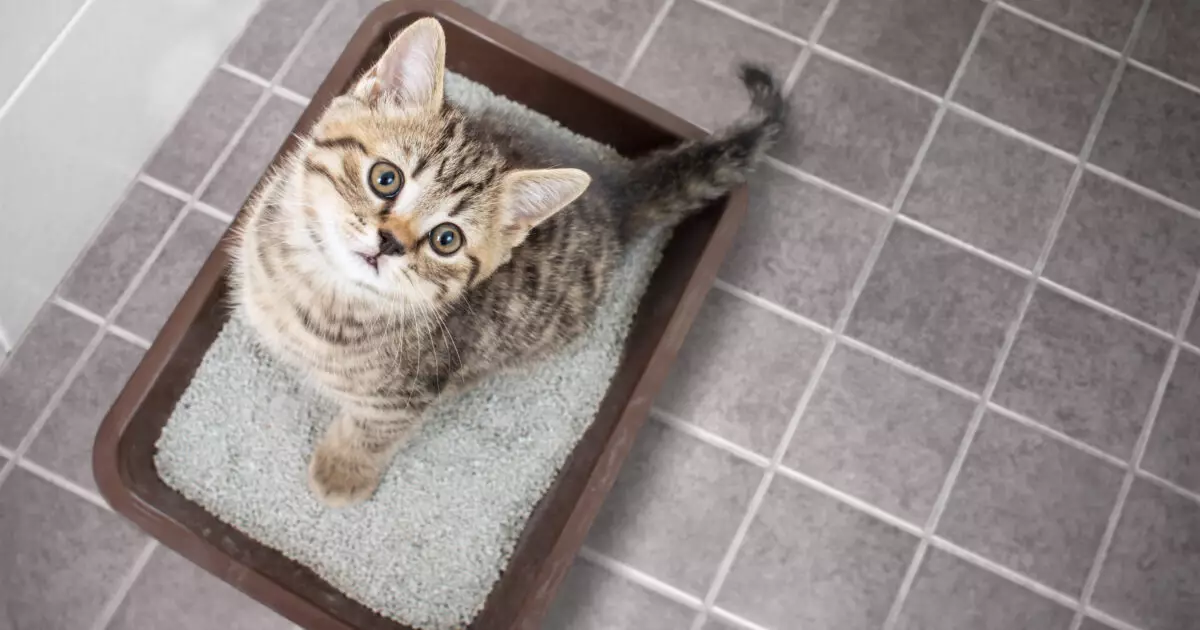As a devoted cat owner, the health of your feline friend should always be your primary concern. Cats have a remarkable ability to conceal their discomfort, often making it challenging to detect potential health issues until they escalate. However, with the right knowledge and timely interventions, you can safeguard your cat’s well-being. This article provides an in-depth analysis of common feline health issues, preventative techniques, and innovative products that aid in health monitoring.
Understanding Common Cat Health Issues
Cats are prone to various health complications, many of which manifest subtly due to their instinctual behavior to mask pain. Among the most frequently encountered health issues are urinary tract infections (UTIs), bladder issues, and acidosis. It is crucial for cat owners to be able to recognize the signs and symptoms linked with these conditions.
A UTI is a prevalent concern, particularly in adult female cats, while male cats can face severe complications such as urinary blockages. This condition primarily arises from bacterial infections that alter urine pH levels, leading to crystallization. Symptoms may include increased litter box visits, straining during urination, and changes in urinary appearance such as blood presence. Additionally, the cat may exhibit increased thirst and changes in eating habits.
Other urinary issues include cystitis, characterized by bladder inflammation, and the formation of bladder stones — small, crystalline aggregates that can cause significant discomfort and may lead to blockages. Signs of these conditions are similar to those observed in UTIs and can lead to distress if not appropriately managed.
Acidosis is another critical health issue, involving elevated acid levels in the body. Two types include metabolic acidosis, often associated with chronic kidney disease, and renal tubular acidosis, where the kidneys fail to excrete acid efficiently. Symptoms for these conditions can range from lethargy and weight loss to potentially severe repercussions like seizures and chronic dehydration.
Being aware of common feline health concerns is only half the battle. Active prevention plays a vital role in ensuring that your cat remains healthy and happy. The first step in this process is maintaining a clean litter box. Regularly cleaning and changing the litter can significantly reduce bacteria buildup, thus minimizing the risk of UTIs. A neglected litter box can quickly become a breeding ground for pathogens, posing a health risk to your cat.
Nutrition also plays a critical role in your cat’s health. It is essential to select high-quality, protein-rich foods devoid of harmful fillers. Cats are obligate carnivores, and their diets should reflect their need for nutritious animal proteins. Wet or fresh food is often preferred over dry, as it provides necessary hydration and can help prevent urinary issues.
Environmental enrichment is another essential element in promoting a healthy cat. Stress can lead to various health challenges, and creating a stimulating environment can mitigate anxiety. Providing plenty of toys, climbing structures, and cozy hiding spots will keep your cat entertained and less stressed. If multiple cats share your home, ensure they each have separate resources to reduce territorial stress.
It’s also important to minimize disruptive life changes for your cat. Whether it’s moving to a new home or adding a new family member, approaching these transitions gradually can help your cat adapt without excessive stress.
Regular veterinary check-ups are crucial for maintaining your cat’s health. Cats can exhibit subtle signs of illness, making it essential to have them examined routinely. A proactive veterinary relationship allows for the early detection of potential health issues and ensures that your cat receives necessary vaccinations.
In today’s world, innovative products like color-changing litter, such as PrettyLitter, provide additional support. This advanced litter offers visual cues regarding your cat’s urinary health by reacting with their urine. Different colors can indicate varying health issues — for instance:
– Blue or dark green suggests an elevated urinary pH, linked with conditions like UTIs.
– Orange signals a low urinary pH, potentially indicating metabolic acidosis.
– Red can be a red flag for bladder inflammation or stones.
These color markers offer an opportunity for early intervention before symptoms become apparent, thus enhancing your role in safeguarding your cat’s health.
Prioritizing your cat’s health involves a combination of vigilance, affection, and proactive measures. By understanding common health problems, applying preventative strategies, and utilizing innovative monitoring tools, you become the first line of defense against potential health issues. Ultimately, the well-being of your feline companion hinges on your proactive engagement. By remaining informed and using resources like PrettyLitter, you can foster a long and healthy life for your beloved cat.


Leave a Reply